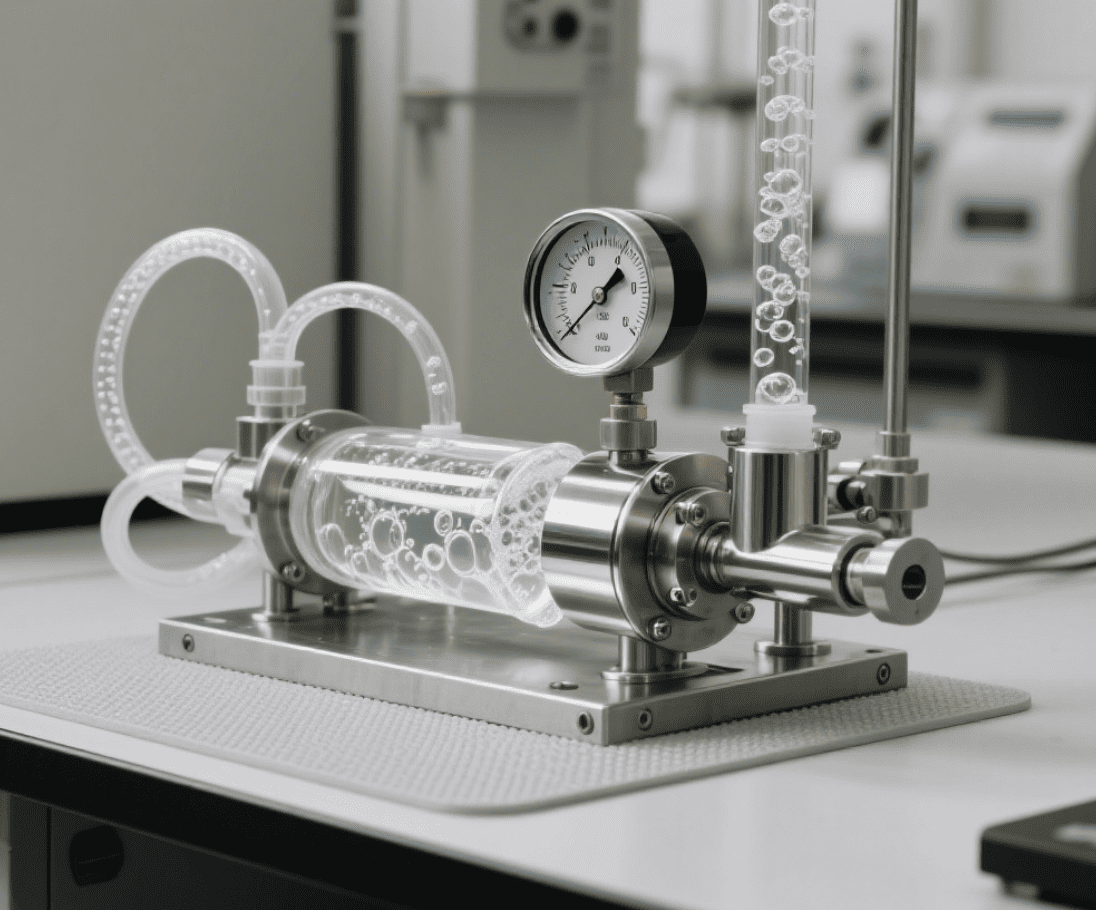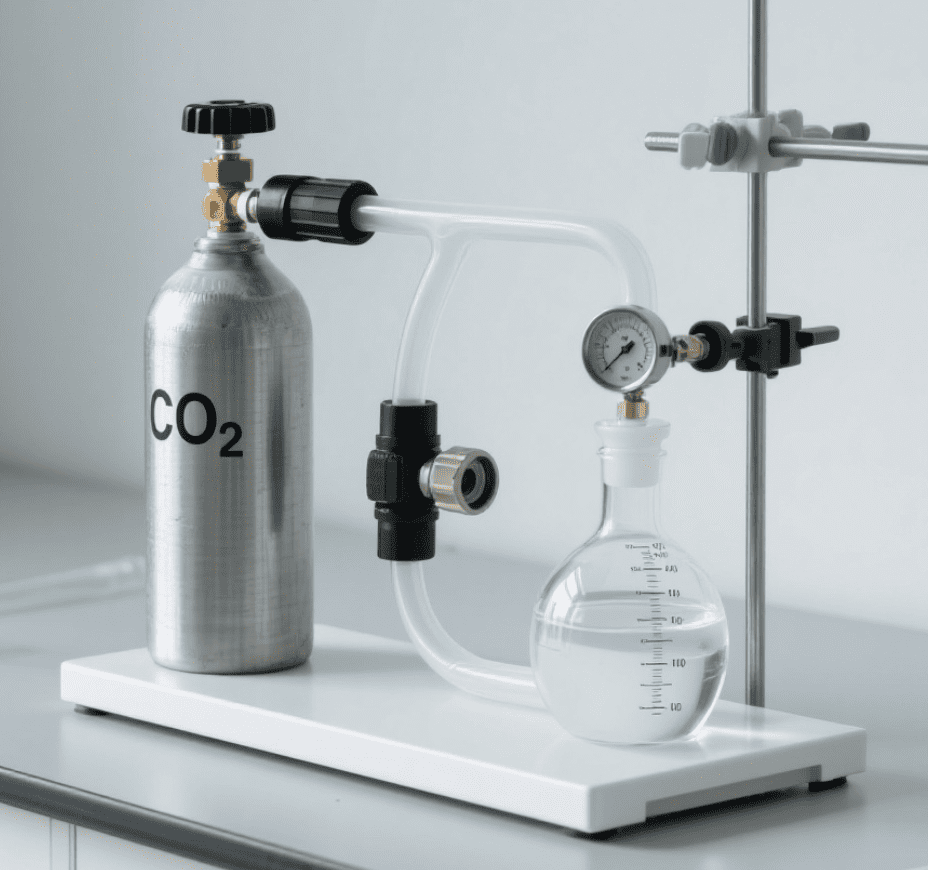What Are the Common Myths About CO2 Tire Inflation?
CO₂ tire inflation is becoming a popular alternative to traditional air or nitrogen inflation, particularly among drivers who value speed, convenience, and portability. However, like many newer technologies, CO₂ tire inflation is surrounded by misconceptions that may discourage drivers from giving it a try. This blog addresses the most common myths surrounding CO₂ tire inflation and explains why it’s a safe, practical, and reliable option for a wide range of driving needs.
Myth 1 – CO₂ Is Dangerous to Use in Tires
One of the most persistent myths about CO₂ tire inflation is that it's dangerous. Some drivers believe that filling tires with CO₂ could cause explosions or other safety hazards. In reality, carbon dioxide is a non-flammable, inert gas, meaning it doesn’t support combustion and does not pose a fire risk.
Additionally, CO₂ used for tire inflation is compressed and stored under controlled conditions in certified tanks. When used correctly, the gas releases smoothly into the tire and behaves much like air or nitrogen. Properly inflated tires—regardless of the gas used—are far less likely to fail than underinflated ones. So, when following correct pressure guidelines, CO₂ tire inflation is just as safe as any other method.
Myth 2 – CO₂ Always Leaks Faster Than Air
Another common concern is that CO₂ leaks out of tires much faster than air, making it inefficient. While it is true that CO₂ molecules are slightly smaller than nitrogen molecules, the difference in leakage rates is not significant in practical, real-world use.
For most drivers using CO₂ for short to medium-term pressure maintenance, the retention is comparable to air. It is particularly effective in environments where regular tire checks are part of the routine, such as off-roading, performance driving, or commercial fleet maintenance. Regular pressure monitoring is necessary no matter what gas is used, and with proper tire care, CO₂ provides reliable performance.
Myth 3 – CO₂ Causes Moisture or Corrosion in Tires
Many people mistakenly assume that CO₂ introduces moisture into tires, leading to internal corrosion or rim damage. This myth likely stems from confusion with compressed air systems, which can introduce water vapor into tires if not properly filtered.
In contrast, CO₂ used for tire inflation is a dry gas, especially when stored in food-grade or industrial-grade cylinders. It does not contain water vapor and does not lead to moisture buildup. In fact, using CO₂ can actually reduce the risk of corrosion compared to air compressors without moisture separators. This makes CO₂ tire inflation a safe option, especially for aluminum or alloy wheels where corrosion is a concern.
Myth 4 – CO₂ Inflation Is Only for Emergencies
Because CO₂ cylinders are small and portable, they are often associated with emergency kits. While CO₂ is indeed excellent for roadside assistance or temporary inflation, it’s not limited to that use.
Many off-road drivers, cyclists, motorsport professionals, and fleet operators use CO₂ inflation regularly because of its speed, portability, and effectiveness. A properly stored CO₂ kit allows for fast inflation during off-road trips or track events, where traditional compressors are impractical. Daily drivers who appreciate efficiency also benefit from keeping a CO₂ inflator in their vehicle.
Far from being a one-time emergency tool, CO₂ tire inflation can be a long-term, dependable solution when used as part of a regular tire maintenance routine.
Myth 5 – CO₂ Tanks Are Hard to Store or Refill
Another misconception is that CO₂ tanks are bulky, hard to store, or difficult to refill. In reality, CO₂ cylinders come in a wide range of sizes, from small handheld cartridges to medium-sized refillable tanks, all designed for convenient storage and use.
Small CO₂ inflators for cars and motorcycles can easily fit in a glove box or under a seat. Larger cylinders used by fleets or for commercial vehicles can be mounted securely in a garage or service truck. As for refills, there are multiple options: hardware stores, welding supply shops, beverage CO₂ suppliers, and even at-home refill kits make it easy to keep your system ready.
With a bit of planning, refilling and storing CO₂ tanks is straightforward, making this myth more about perception than reality.
Final Thoughts – Should You Reconsider CO₂ Tire Inflation?
CO₂ tire inflation is a safe, effective, and convenient alternative to traditional tire inflation methods. While myths about its safety, performance, and practicality persist, they are largely unfounded. In fact, for many drivers—especially those who value speed, independence, and emergency preparedness—CO₂ is one of the most versatile tire inflation solutions available.
Whether you’re a daily commuter, a weekend off-roader, or a logistics manager overseeing a fleet, understanding the truth behind these myths can help you make a smarter decision about how you manage tire care.
Frequently Asked Questions (FAQ)
Q1: Is CO₂ safe to use for car tires?
Yes. CO₂ is a non-flammable, inert gas that is safe for use in all types of tires when handled correctly.
Q2: How long does CO₂ typically stay in a tire?
CO₂ retention is comparable to air in short to medium timeframes. Regular checks are still recommended.
Q3: Will CO₂ cause my wheels to rust or corrode?
No. CO₂ is dry and does not introduce moisture, making it safer than unfiltered air from some compressors.
Q4: Can I refill my own CO₂ tank?
Yes. You can refill CO₂ tanks at beverage gas suppliers, welding shops, or with at-home systems (using proper safety equipment).
Q5: Is CO₂ inflation better than air for everyday driving?
For many users, yes—especially when portability, moisture control, and quick inflation are priorities.
Uncover the truth about CO₂ tire inflation. Learn the facts behind common myths and why CO₂ is a smart, safe choice.
 Innovative Features of Modern
Innovative Features of Modern
 The Science Behind Carbonated
The Science Behind Carbonated
 How to Care for Carbonated Sod
How to Care for Carbonated Sod
 The Evolution of Carbonated So
The Evolution of Carbonated So
